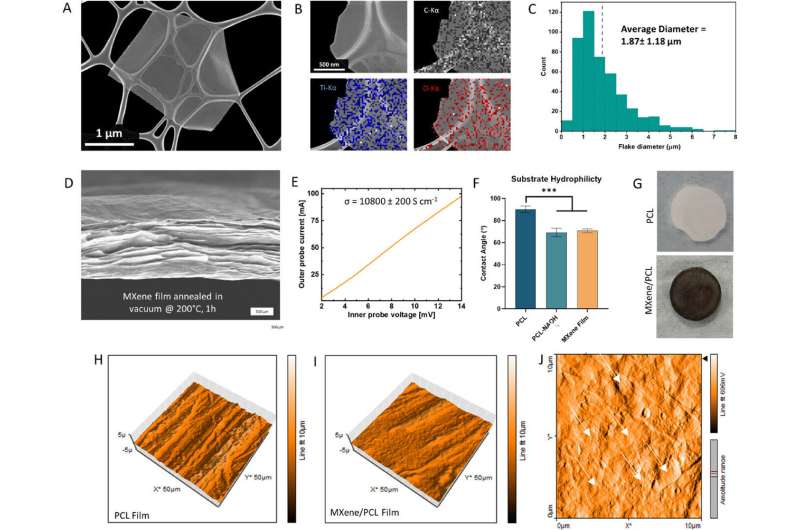Spinal cord injury is a life-altering condition that can lead to paralysis, loss of sensation and chronic pain. In Ireland, more than 2,300 individuals and families are living with spinal cord injury, but no treatment currently exists to effectively repair the damage. However, therapeutic electrical stimulation at the injury site has shown potential in encouraging nerve cells (neurons) to regrow.
“Promoting the regrowth of neurons after spinal cord injury has been historically difficult; however, our group is developing electrically conductive biomaterials that could channel electrical stimulation across the injury, helping the body to repair the damaged tissue,” explains Professor Fergal O’Brien, Deputy Vice Chancellor for Research and Innovation and Professor of Bioengineering and Regenerative Medicine at RCSI and Head of RCSI’s Tissue Engineering Research Group (TERG).
“The unique environment provided by the AMBER Center, which sees biomedical engineers, biologists and material scientists working together to solve grand societal challenges, provides a major opportunity for disruptive innovation such as this.”

